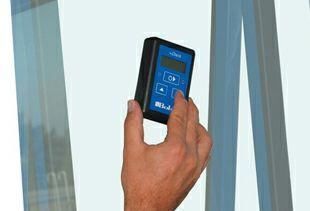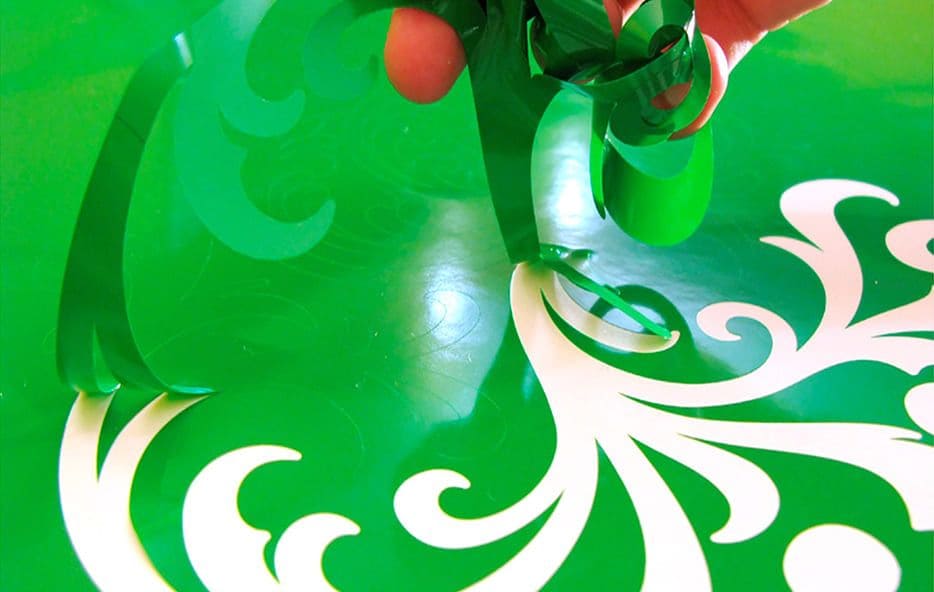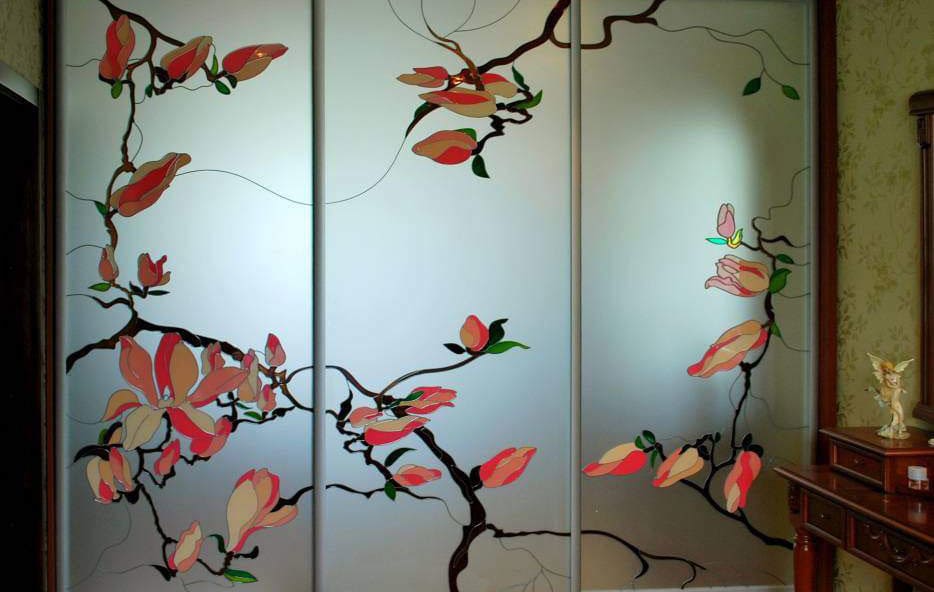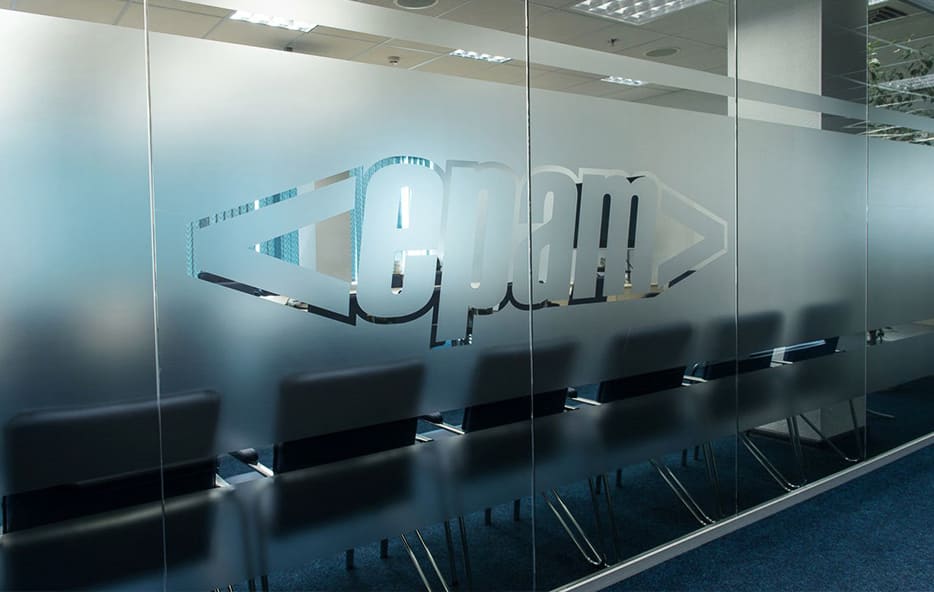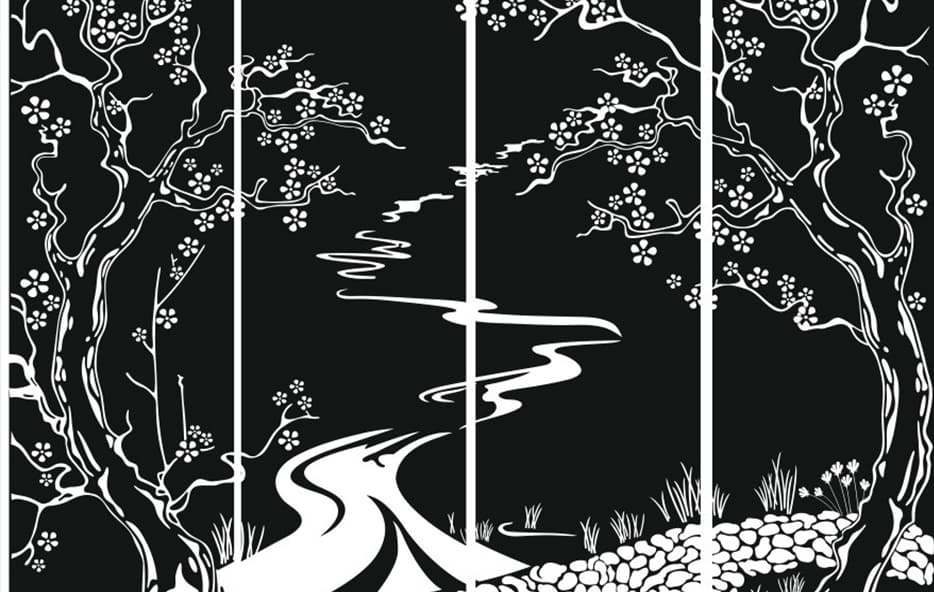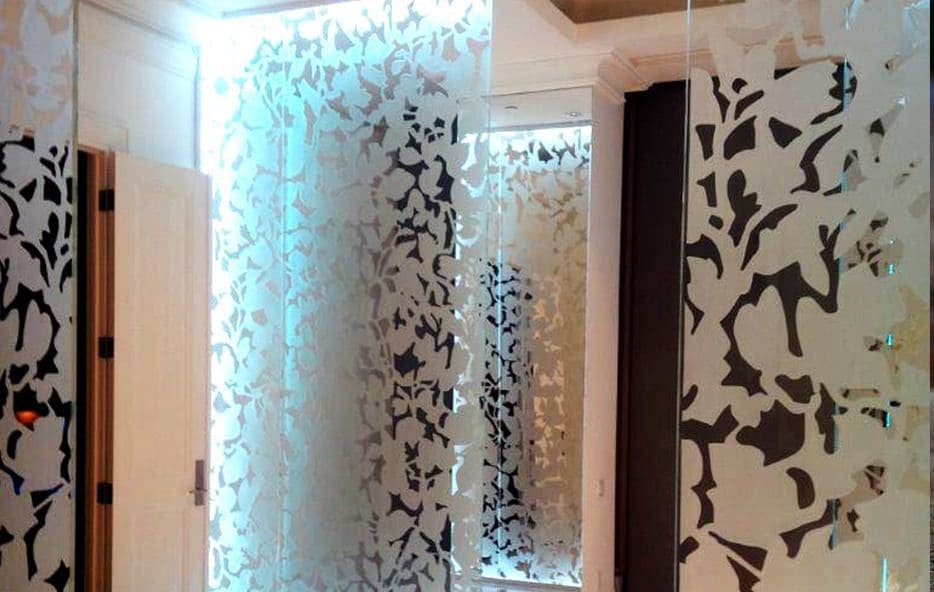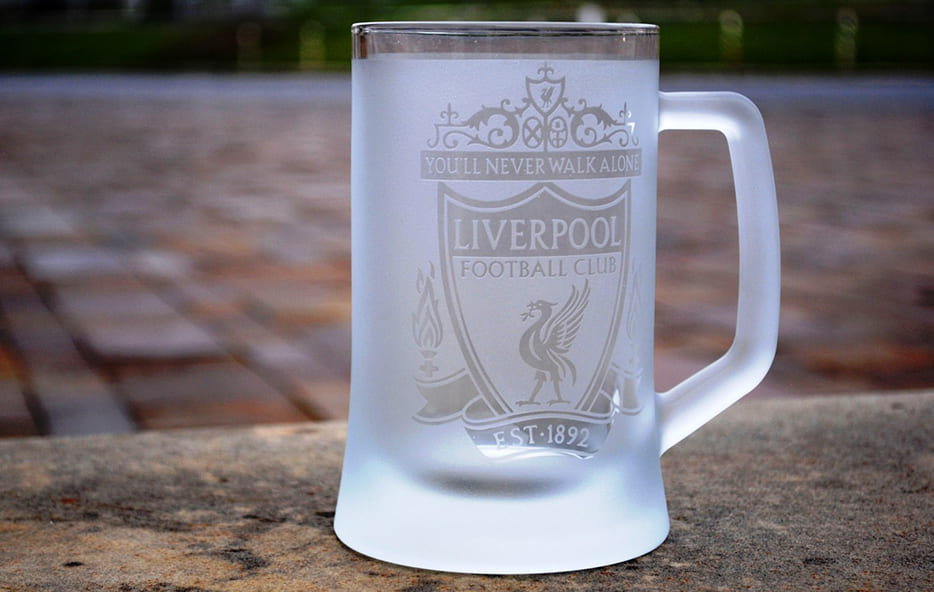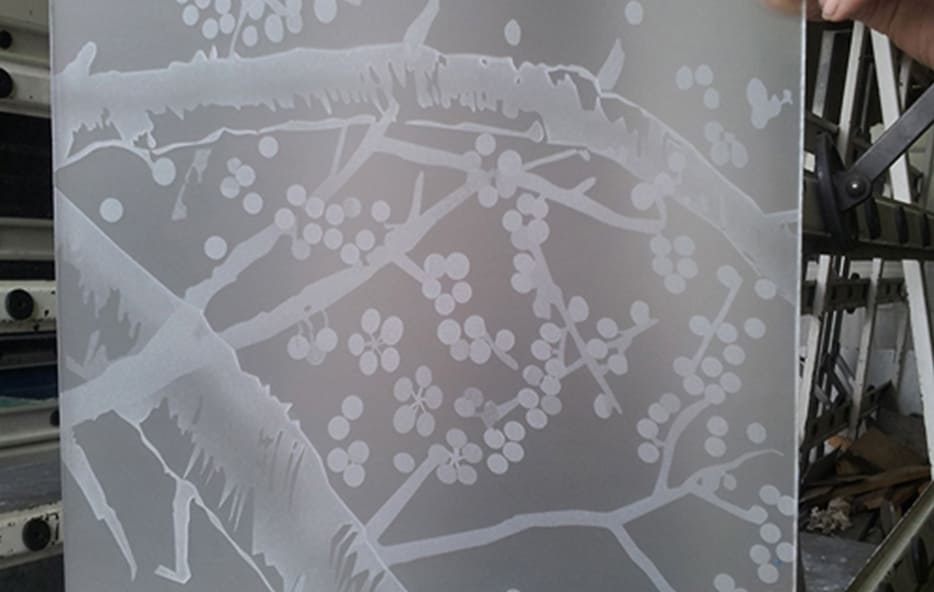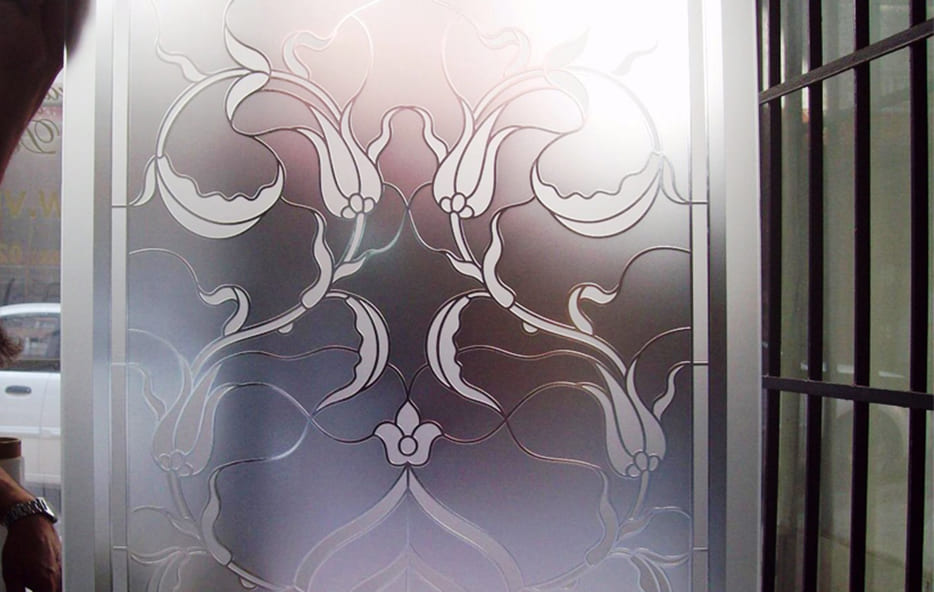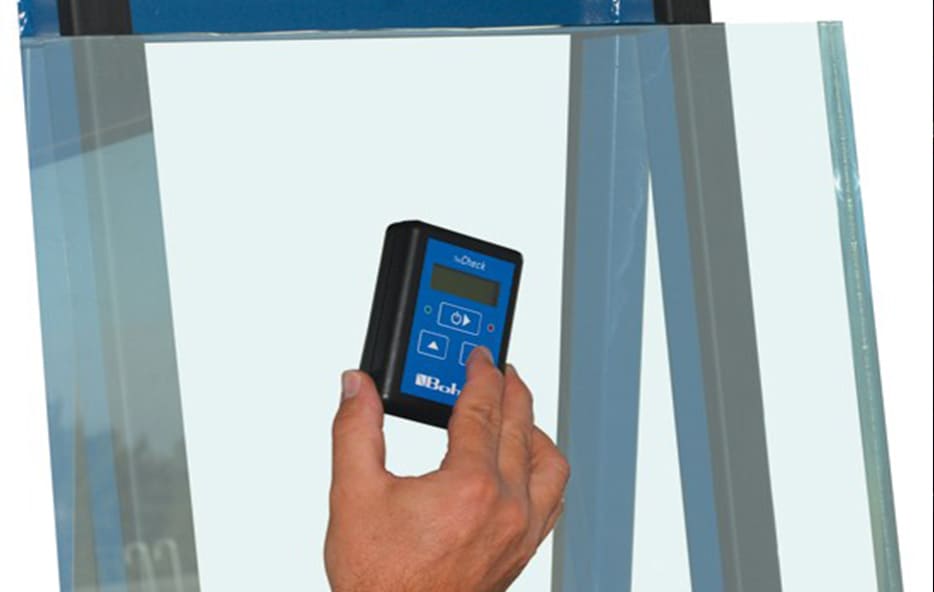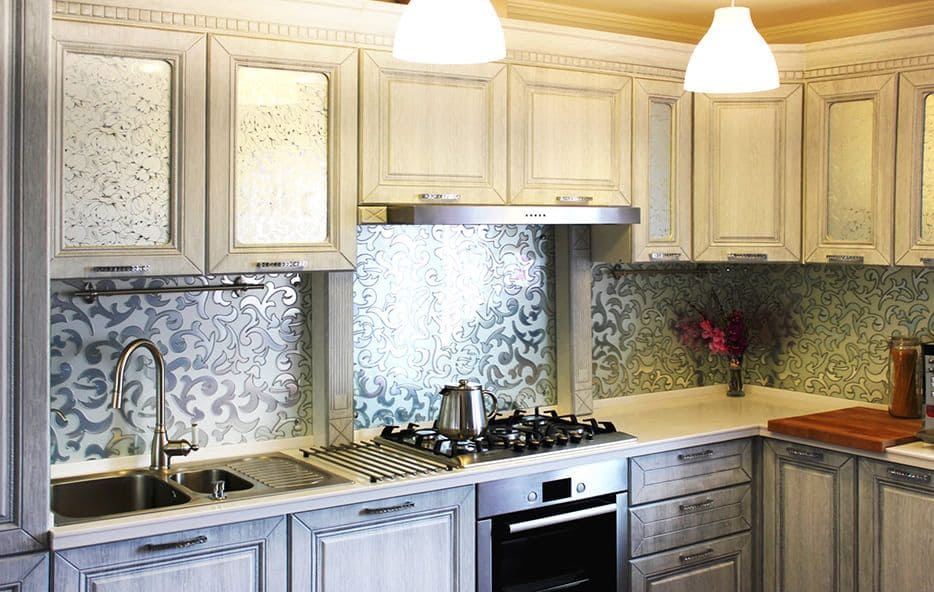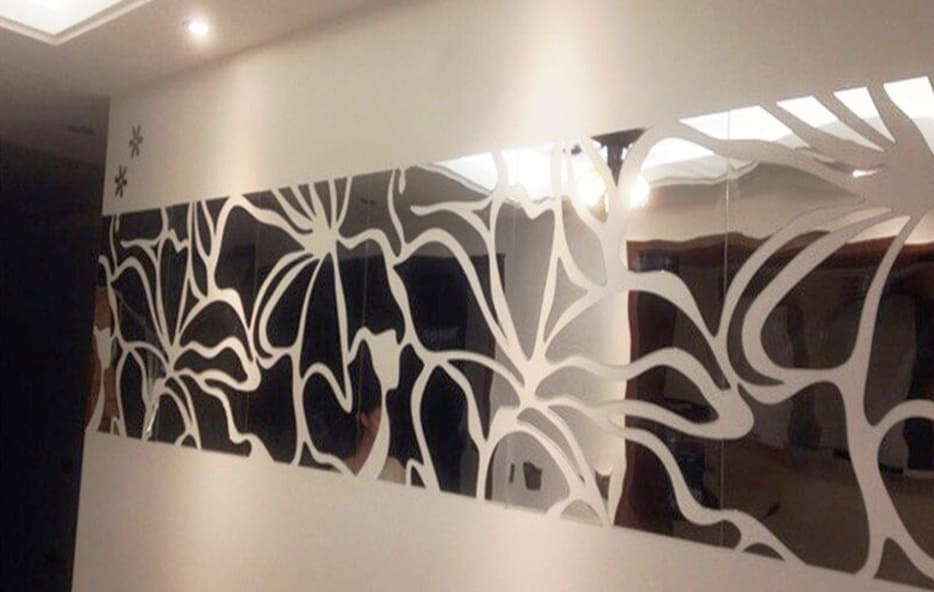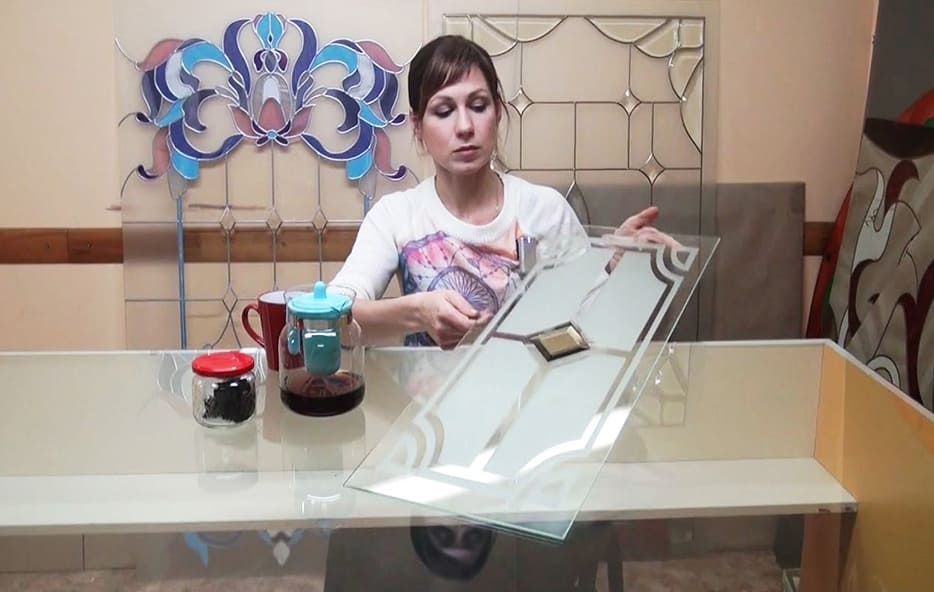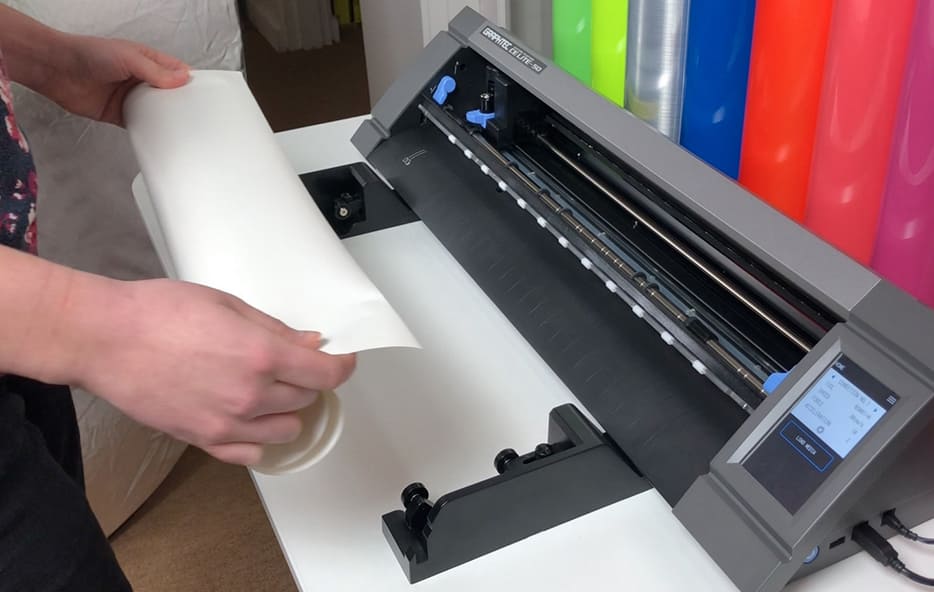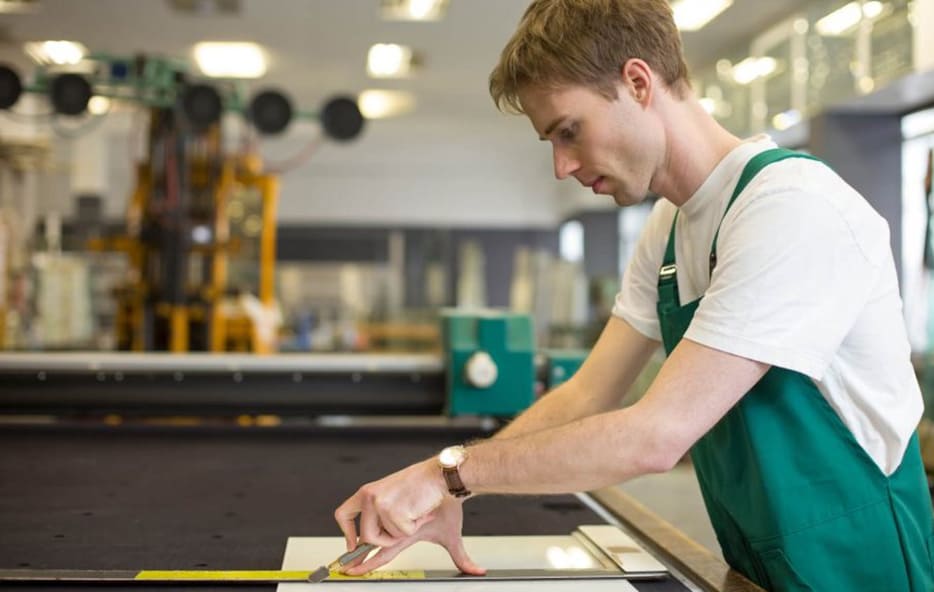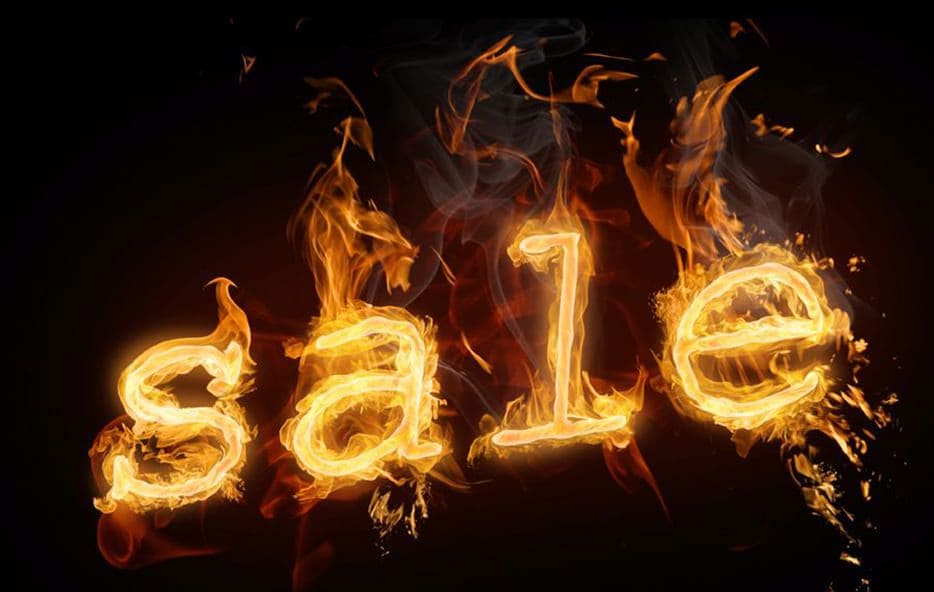Glass side with lead
Tin is the word usually used, but the word “lead” is used more often, seems like it sounds better. Until 2010 (conditional dating), the use of European-made glass in practice did not reveal any differences between the parties. At first the problems of cheap glass were initially identified, in which the difference between lead and air sides were critical. The matter, apparently, is the purity of the nitrogen-hydrogen mixture being in the atmosphere where a sheet of glass flowing from the furnace floats through the bath of tin melt.

In fact, this became a problem with the appearance of glass in China. Then the situation worsened with the transformation of Glaverbel becoming AGC and the arrival of AGC in Russia. Now, it seems, there is a general decrease in quality of glass, including European quality.

Perhaps the crisis economy pushed everyone to the path of savings. The purer the nitrogen, the more expensive it is. The cheaper the nitrogen, the more oxygen it contains. The more oxygen contained in nitrogen, the more: oxidized tin adheres to the “tin” side of the glass. It is clear that the spotty-tin surface cannot uniformly become matte. More and more often defects began to appear that were not previously visible on European glass, as a result in which we must now take this feature into account. Thus, when preparing the glass for etching; the difference in the sides of glass was taken into account more and more. If this was possible, then the other side of the glass (opposite from the tin) was chosen for etching. If a piece of glass is asymmetric and it is necessary to etch a certain side of the glass, then the glazier must make a choice. In case drilling in asymmetric parts is needed; only the manufacturer of the product can choose a side for drilling. (Since the drawing has already determined which side of the glass should be matte). The air and tin sides of the glass can be distinguished with ultraviolet light (there are special devices).

When packing glass in boxes; the manufacturer indicates an arrow in the direction of where the aired (against lead) side of the sheets is directed.

Theoretically, this allows you to correctly make the product for matting. But if something goes wrong and confusion arises, it makes sense to purchase a device. Since the negative effect of tin on glass is quite universal; it should be avoided in many technological processes. For example this can refer to when applying amalgam to a mirror or paintwork. This implies that matting of the mirror always occurs on the lead side. Also, try not to apply the UV compound on the lead-tin side. In 2015, there was a final and irrevocable transition to etching glass only from the aired side, when it was possible. This is not possible if during the manufacture of the products a matting side is indicated that coincides with the “lead” side. This also includes all cases in derivative materials in which the aired side has already been used - a mirror, stained glass and others. Well and of course, don’t get away from the need to work with the “lead side” of the glass with double-sided etching. In this case, the orientation of the glass should be set so that in case of a two-sided drawing, a pattern with the larger matt area falls on the aired side. In case of permanent bilateral etching, the only regulatory organizational factor is the choice of material. Since 2015, matting on the lead side without taking appropriate measures has led to optical inhomogeneity (defects) in almost all cases on glass of all manufacturers. The concept of "European" glass in this part, (as cleaner and more stable in quality) has lost its significance. However, glass etching on the lead-tin side in most cases remains possible if an additional operation is included in the preparation process. But there is an exception. There is glass and glass materials that standard technology cannot handle. If a mirror or glass is made of material with a lot of tin on the “lead” side, then this becomes a real nightmare for the master. Such a product can be made more or less evenly matted only as a result of a threefold complication of the process: the material must be etched and pre-matted by 30%, after which the matting itself is performed with a probability of 70% - 80% success.







